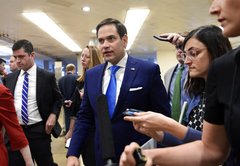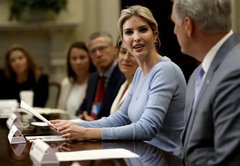Guarantee 6-week paid leave
Donald Trump
“We can provide six weeks of paid maternity leave to any mother with a newborn child whose employer does not provide the benefit.”
Trump-O-Meter

Promise Broken



